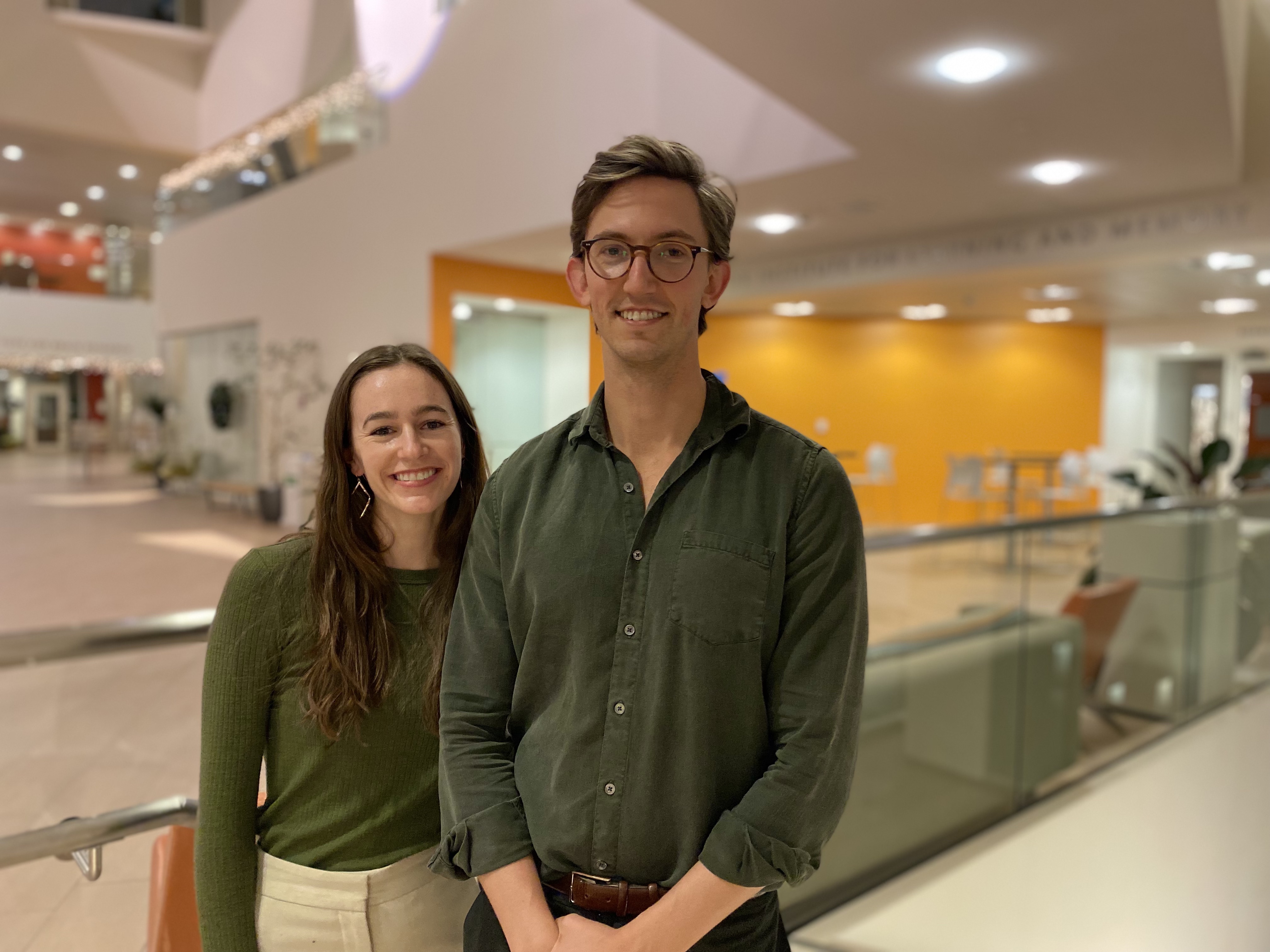A programming language textbook might not be the first thing you’d expect to see when walking into a correctional facility.
The creators of the “Brave Behind Bars” program are hoping to change that.
Founded in 2020, Brave Behind Bars is a pandemic-born introductory computer science and career-readiness program for incarcerated women, based out of The Educational Justice Institute at MIT (TEJI). It’s taught both online and in-person, and the pilot program brought together 30 women from four correctional facilities across New England to study web design.
One of the co-founders, Martin Nisser, a PhD student from MIT’s Computer Science and Artificial Intelligence Laboratory (CSAIL), explains the digital literacy and self-efficacy focused objectives. “Some of the women haven't had the opportunity to work with a computer for 25 years, and aren’t yet accustomed to using the internet. We’re working with them to build their capabilities with these modern tools in order to prepare them for life outside,” says Nisser. Even for the students who became incarcerated more recently, it can be difficult to keep up with the fast pace of technological advances, since technical programs in correctional facilities are few and far-between.
This scarcity of preparatory programs undoubtedly contributes to high and rising recidivism rates: more often than not, those who are released from prison eventually return.
While working at TEJI, Nisser had a fortuitous meeting with his two co-founders, Marisa Gaetz (a PhD student from MIT’s Mathematics Department) and Emily Harburg (Co-Founder of Brave Initiatives, a non-profit that develops coding bootcamps for young women). This meeting led to the birth of the program, and they were later joined by eight MIT affiliates who instruct and coach students.
Educational programs are one of the few tools to help recidivism – they’ve been shown to reduce recidivism by 43 percent – and the nascent curriculum the team deployed emphasizes practical skills that can be readily utilized in the workplace. It was explicitly built around three foundational teaching modules that supported Nisser, Gaetz and Harburg’s hope of situating a traditional web design course in a digital literacy program that would foster success in a modern workplace after a completed sentence. The main parts are core technical skills, career-readiness skills, and a capstone project. Through this, the students learn the fundamentals of web programming and the building blocks of digital literacy.
On the technical side, the introduction to web programming teaches students to build websites, with core skills in HTML, CSS, and JavaScript. The course is based around a capstone project, where the incarcerated students are free to pick an issue that they feel passionate about, and then create a website that addresses that problem.
For example, a number of the women in the pilot program chose to construct websites that center on domestic violence. As Nisser relays, this is an issue that many of the students have struggled with personally, and students built websites that could serve as forums that featured not only their personal stories, but links to emergency hotlines, and information about resources for others seeking help.
The career-readiness portion of the curriculum centers on presenting the acquired skills to employers: CV writing, presentation and public speaking, with an emphasis on relevant technology-facing career paths.
Integrating more traditional methods of instruction has not come without challenges. Nisser notes the dizzying task of trying to find a class time that works for all students across the four facilities. What’s more, different students are subject to different security constraints, with some having access to wifi, some not; some having personal laptops most of the day, some only during class hours. Still, the logistical barriers far from deter the students. And like with every educational program, there’s a vast variability in the level of subject-specific preparedness across the students, but according to Nisser that’s far from a deterrent.
“Many of the concepts we teach are completely new to many of the students. There’s definitely a steep learning curve for the material, but there’s an equally big appetite for it, and these women are some of the most engaged students I've worked with. It was the first time this course was offered, and they worked tirelessly to overcome the technical and logistical challenges they faced,” says Nisser.
Beyond imbuing students with a newfound confidence and understanding of technical concepts, Martin sees the potential of imbuing future courses with the physical sides of computing. “One of our goals with the program was to instill confidence in the students that there exists a range of careers open to them that they might never previously have had the opportunity to consider for themselves. In the future, I think teaching the foundations of a tangible discipline like robotics is a great way to catalyze interest in other technical careers as well,” says Nisser. “In the more immediate future, we’d like to focus on computing skills that students can go out and utilize to secure employment directly too. We’ll spend the next few months thinking about what exactly those skills could be.”
The program was sponsored by CSAIL, MIT's Institute Community & Equity Office, The Harbus Foundation, The COOP and the PKG Center.
